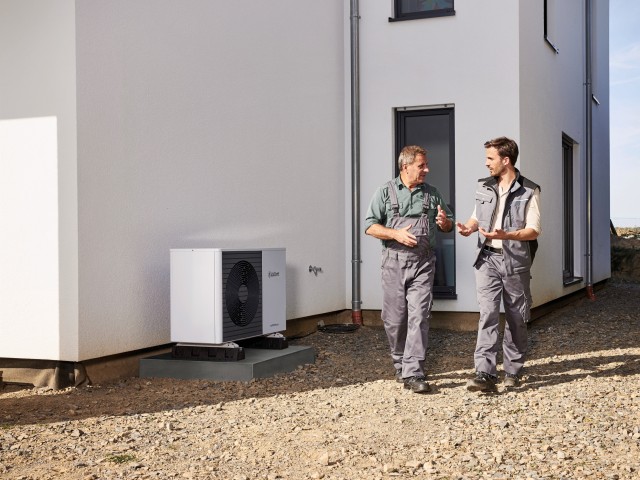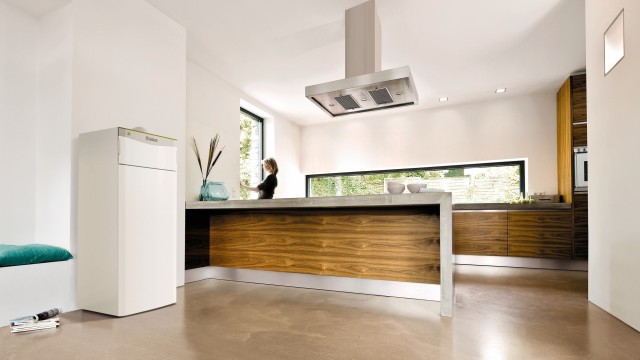Step 1: Initial assessment
The first step is to find out whether a heat pump is suitable for your home, and what specifications the system will need in order to provide adequate heating.
When providing a quote, your heat pump installer will visit your property to carry out a heat loss calculation to assess how much heat is needed to keep your home warm. This will form the basis of their recommendations for your heat pump system. You can also contact an independent energy assessor, who will be able to provide you with an energy performance certificate (EPC).




